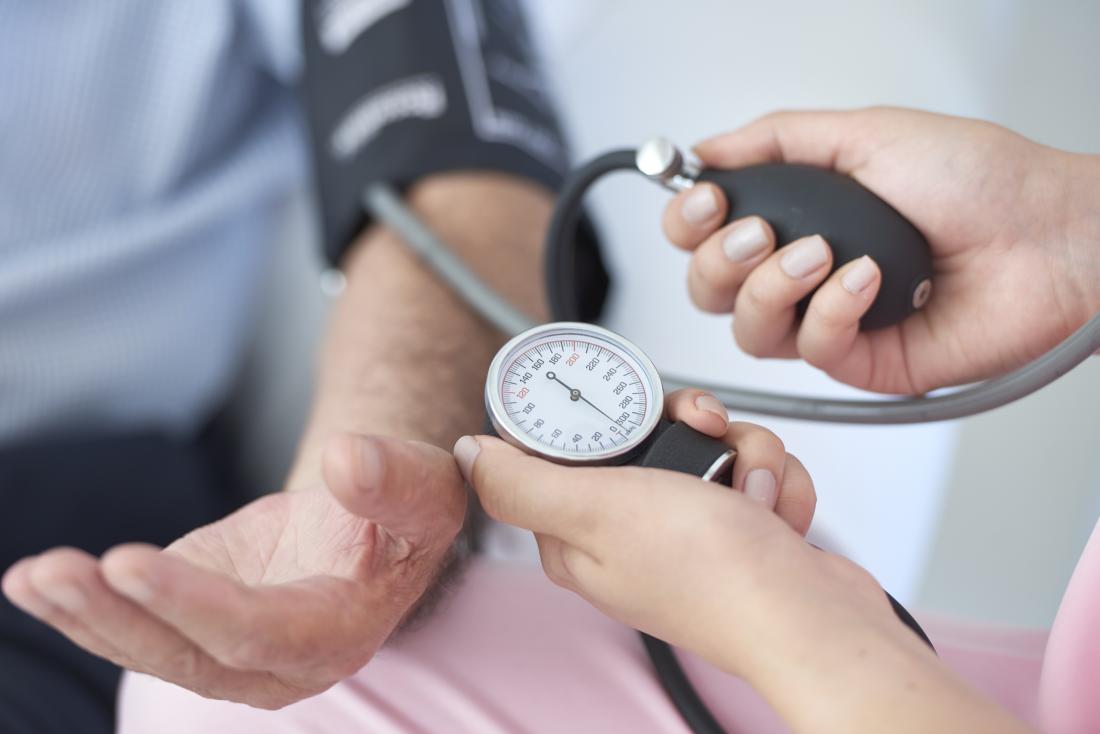Inhaling air pollutants-like irritant alters protecting heart-lung reflex for high blood pressure
Air pollution significantly increases the risk for premature deaths, particularly in people with underlying cardiovascular sickness, scientific and epidemiological research has determined. In healthy humans, inhaling ozone or particle pollution triggers a protective lung-coronary heart reflex (pulmonary-cardiac reflex) that mechanically slows heart price to deal with oxygen deficiency and assists the sluggish distribution of pollution all through the frame. Yet, when patients with cardiovascular diseases breathe pollutants, that equal defensive mechanism does not kick in. Instead, their coronary heart rates intermittently speed up.
:max_bytes(150000):strip_icc()/GettyImages-1192461193-bf3e994435384e8b998dd8fce9f7957a.jpg)
Referred to as tachycardia, it might evoke a doubtlessly lethal irregular heart rhythm called premature ventricular contractions. What debts are the difference? University of South Florida Health (USF Health) researchers who study sensory airway nerves in defensive behaviors wanted to understand.
Their preclinical findings, published May 11 in The Journal of Physiology, help explain the altered physiological reaction to air pollution in sufferers with preexisting cardiovascular disease.
Using a rat model for excessive blood pressure (hypertension), a not unusual persistent cardiovascular situation, the USF Health crew observed that preexisting hypertension altered ordinary reflexes within the lungs to affect autonomic regulation of the coronary heart. At the same time, an irritant mimicking air pollution changed into inhaled. Specifically, high blood pressure shifted the reflex response from the parasympathetic apprehensive machine to the sympathetic fearful gadget. The empathetic, frightened device mobilizes the frame’s protective “fight-or-flight” response to danger, liberating adrenaline that increases coronary heart price. In comparison, the parasympathetic worried gadget controls involuntary responses and respiratory and coronary heart charges, even as the body is relaxed and continues a country of calm.
The speeding up of coronary heart fee and abnormal coronary heart beats (in the hypertensive rats) have been because of the switching on of this ‘flight-or-combat’ apprehensive machine not visible within the healthy animals exposed to toxic dealers,” stated senior writer Thomas Taylor-Clark, Ph.D., accomplice professor of molecular pharmacology and body structure in the USF Health Morsani College of Medicine. “The coronary heart becomes responding to an aberrant nerve-generated reflex that could worsen preexisting cardiovascular sickness.
To simulate outcomes of air pollutants inhaled into the lungs — tough to recreate in a laboratory setting –, the USF researchers used allyl isothiocyanate, the smelly factor in wasabi and horseradish. When healthy rats with ordinary blood stress inhaled this irritant, their heart costs slowed as expected. However, in the rats with persistent hypertension, breathing in the same irritant inspired an extended heart price followed by premature ventricular contractions. Surprisingly, a fast heart fee and peculiar coronary heart rhythm did now not occur when allyl isothiocyanate was intravenously injected into the hypertensive rats.
It did not evoke the extraordinary reflex anymore; rather, we determined a slowing of the coronary heart price like that seen in the rats with ordinary blood pressure,” Dr. Taylor-Clark stated. “This indicates that the sensory airway nerves handy by way of IV are exceptional compared to the ones accessible by inhalation… So, possibly, the pathways of airway sensory nerves (connecting organs like the heart and lungs with the brainstem) are more complicated than formerly understood.
The USF study suggests that chronic high blood pressure may additionally redecorate airway sensory nerves controlling the pulmonary-cardiac reflex, which protects the body against bodily harm from air pollution. Dr. Thomas-Taylor stated that this remodeling, which may manifest inside the high blood pressure developmental ranges, should turn on inappropriate sympathetic frightened system excitation of the coronary heart.



